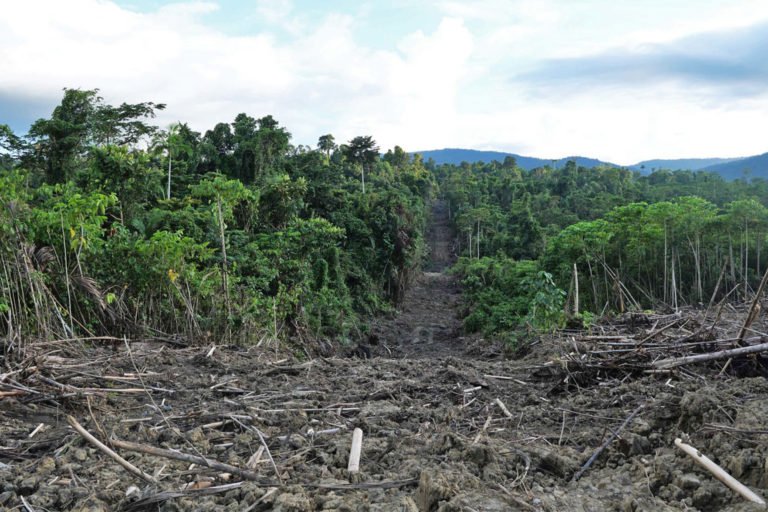- The Sundarbans in the Bay of Bengal, the world’s largest stretch of mangroves, is a rich ecosystem of hundreds of species of flora and fauna. It’s also rich with natural resources for the communities living nearby, but is considered an ecosystem under threat.
- In a first-of-its-kind conservation effort, the Bangladesh government is implementing a complete ban on entry into the forest for three months, from July to August, which it says is the breeding season for the local wildlife.
- The communities surrounding the mangroves, who depend on the forests for food and resources, say this ban will affect their livelihoods and push them into hardship.
- Conservationists have also labeled the ban “inappropriate,” expressing concern about its timing — given that not all species here share the same breeding season — and its target, saying that tourists, and not local communities, are responsible for much of the pollution and disruption to the ecosystem.
Bangladesh is set to implement a total ban on entry into the Sundarbans mangrove forest for three months starting June. This will apply not only to tourists but also the communities that live around the forest.
The ban, which the Bangladeshi government plans to enforce for three months — June, July and August — every year, is meant to ensure an undisturbed environment for wildlife during the breeding season, according to the government.
The Sundarbans, the world’s largest contiguous mangrove forest, form a unique habitat for more than 450 wildlife species, including Bengal tigers (Panthera tigris tigris), Ganges river dolphins (Platanista gangetica), Indian pythons (Python molurus), saltwater crocodiles (Crocodylus porosus), various monkey species, dozens of fish, and hundreds of birds. Three wildlife sanctuaries in Bangladesh — Sundarbans East, Sundarbans West and Sundarbans South — are enlisted as UNESCO World Heritage Sites. More than 330 species of trees, shrubs and epiphytes make up the landscape of these rich mangrove forests.
The mangrove forests extend across more than 10,000 square kilometers (3,900 square miles) in Bangladesh and India, occupying 4% of Bangladesh’s land area, or 6,017 km2 (2,323 mi2), and accounts for 40% of the country’s forested land.
The stretch of the Sundarbans mangroves in India is evaluated as endangered by the IUCN’s Red List of Ecosystems framework. The condition of the ecosystem in Bangladesh, too, is threatened by both natural and human-made causes.
Md Abu Naser Mohsin Hossain, divisional forest officer of the Bangladesh Sundarbans, said the government took the decision to ban entry into the forest on July 28, 2020, and it’s going to be implemented starting this year. “We will strictly implement the decision for the sake of wildlife conservation,” he said.
However, local communities who are dependent on the mangroves directly or indirectly for their daily livelihood have expressed their concerns, saying that the decision will affect them adversely.
Around 600,000 people are dependent in various ways on the Sundarbans’ resources, such as fish, crabs, honey, and nipa palm, or golpata (Nypa fruticans), for their livelihood, according to statistics. Of these, around 12,000 have regular access to the forest year-round under a boat license certificate (BLC).
The rest have always entered the forest without an official pass to hunt and collect various resources. To do so, they obtain permission from one of the 16 forest stations located along the periphery of the Sundarbans, which brings in around $500,000 in annual revenue for the government.
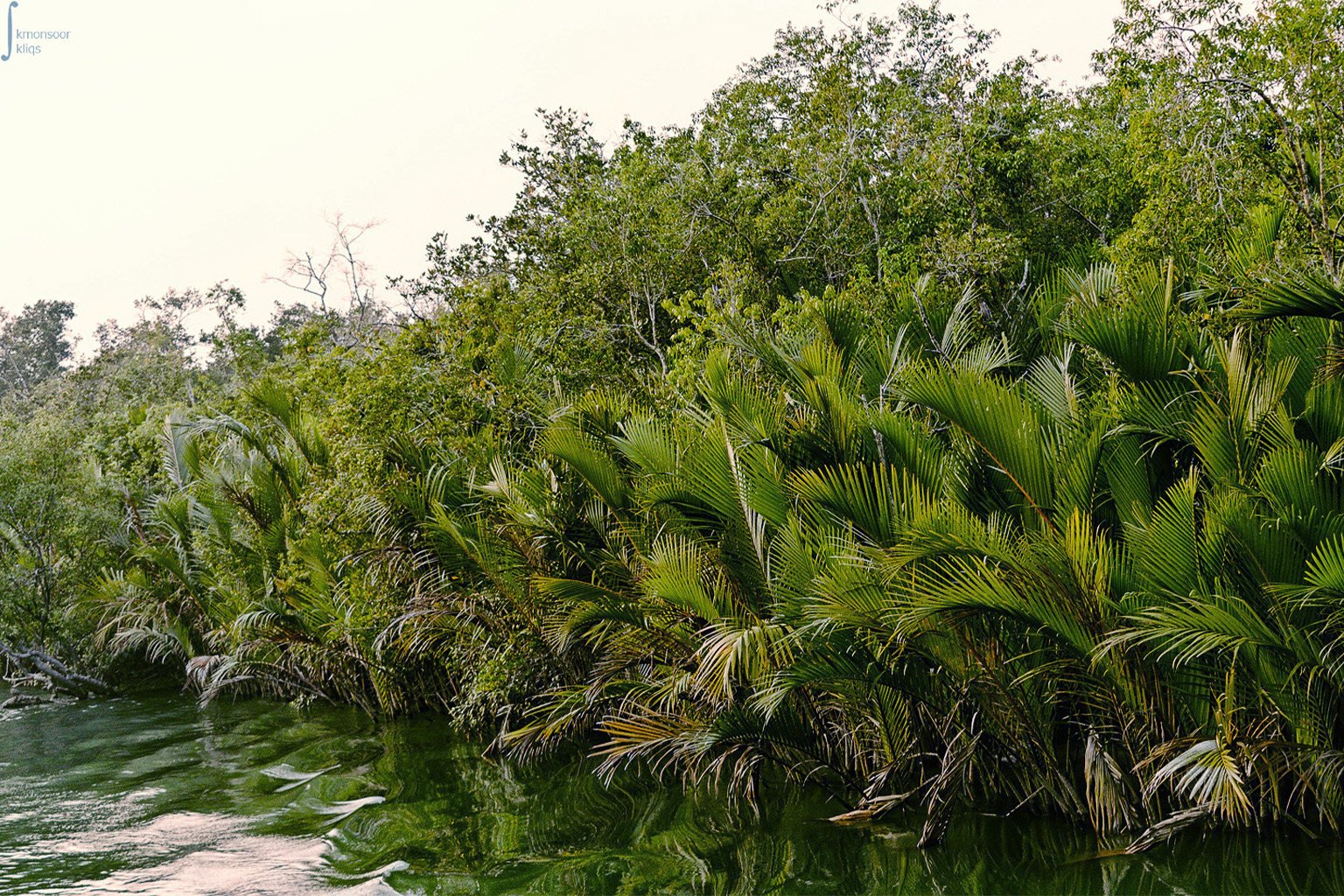
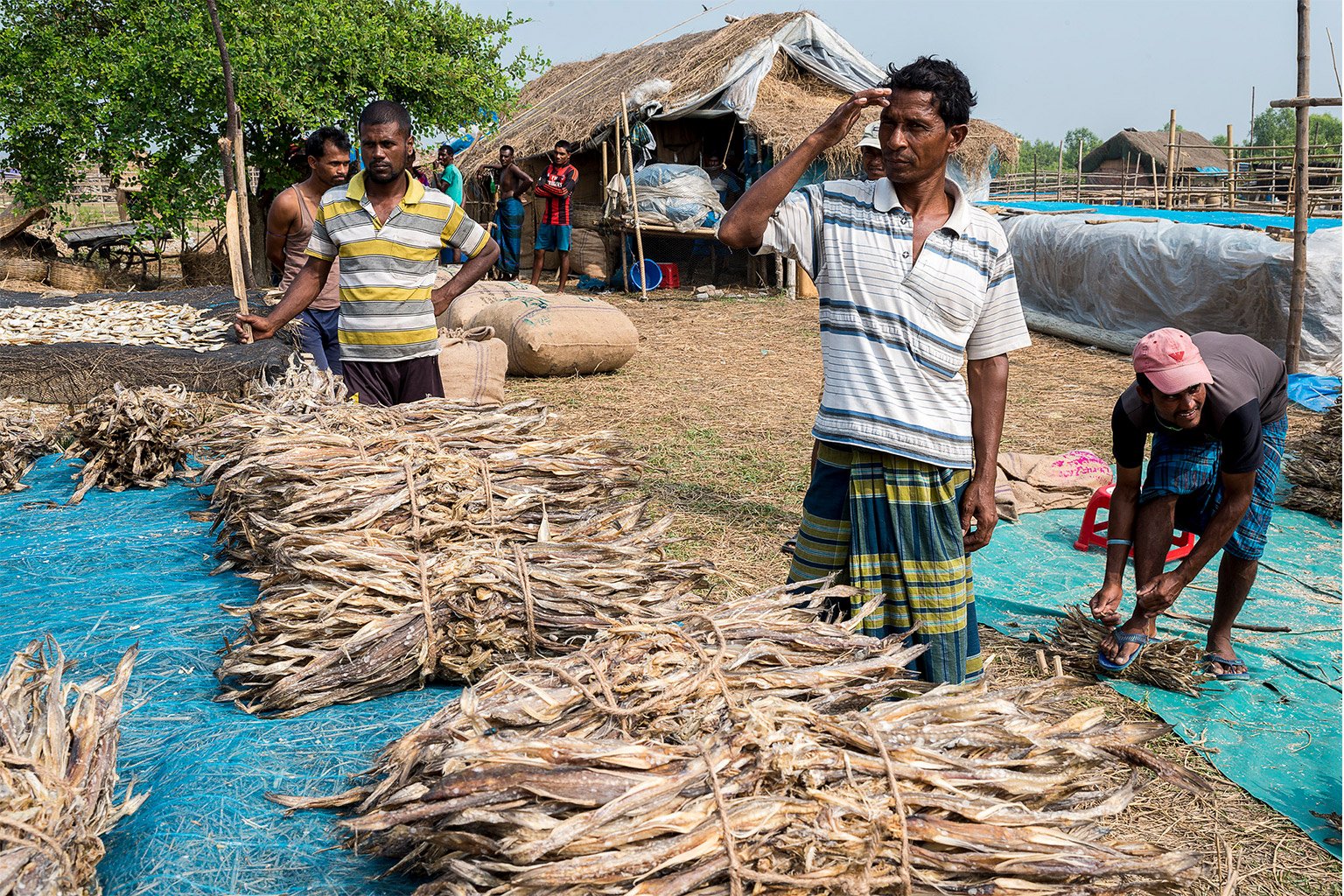
“For the last 30 years, I am used to visiting the forest almost every day either for fishing, catching crabs, or collecting golpata or honey. My family’s earnings depend on the forest,” said 50-year-old Sabed Ali, a resident of the village of Datinakhali village close to the Satkhira forest range of the Sundarbans.
“Like mine, hundreds of families living here are dependent on the forest,” he said. “The decision will eventually push the families into hardship.”
The government plans to provide a compensation package to the families during the ban period to ease the situation, according to the letter released by the government. However, the decision for providing the compensation has not yet been approved.
“We have sent the proposal to allocate the compensation package worth 1 sack of rice [around 40 kilograms, or 88 pounds] during the ban period for each family who has the annual BLC,” said Hossain, the divisional forest officer. “Though the amount is very small compared to the need, it is a start. But unfortunately, we are yet to get a response from the Ministry of Finance.”
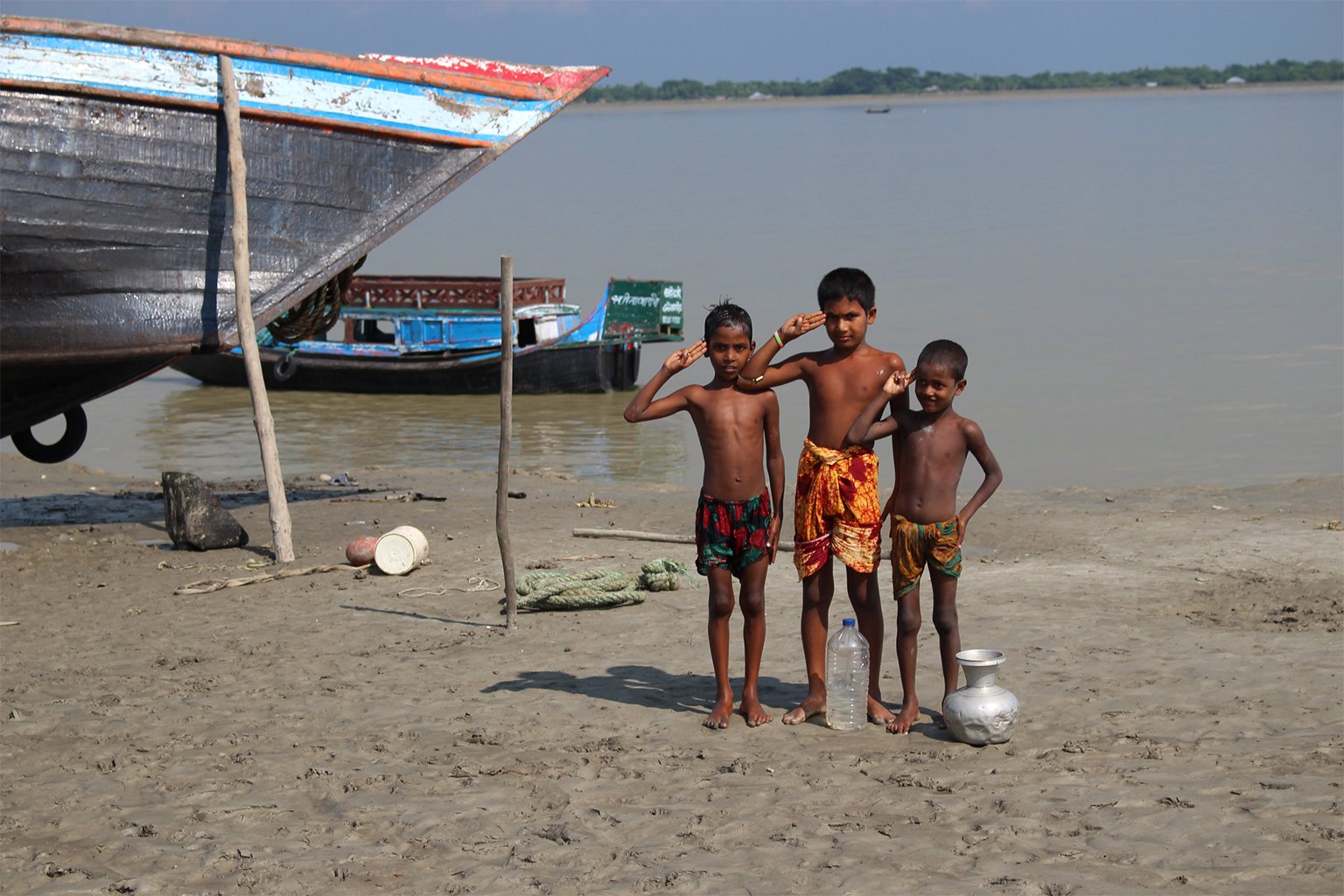
Is the ban necessary?
The government’s decision has received mixed reactions among Bangladesh’s wildlife conservationists. Although they say they welcome the decision, they expressed concern when they spoke to Mongabay about the ban’s timing and the impact on forest-dependent communities.
“Though the initiative is good, it’s not happening at the right time,” said Monirul H. Khan, professor of zoology at Bangladesh’s Jahangirnagar University.
He said the primary stress on the Sundarbans ecosystem is tourism, rather than the people collecting resources, as it’s the tourists who pollute the environment and disturb the wildlife. “The ban seems to me .”
Data show that around 30,000 tourists visit the mangrove forest every year.
“But most of them visit during the drier months between November and March. During the ban, between June and August, the tourists are few due to the monsoon rains,” Khan said.

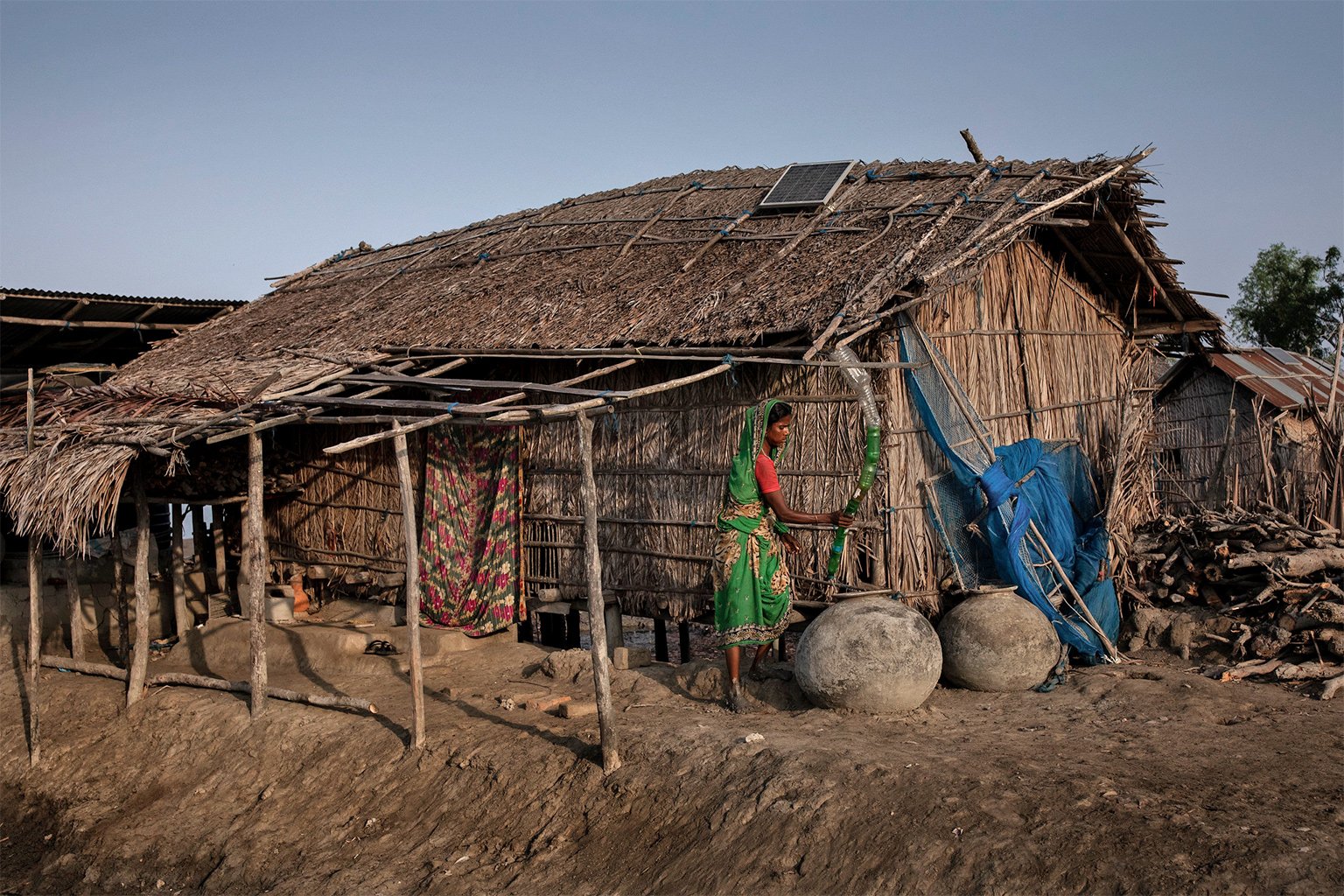
Regarding the wildlife breeding season cited by the government as the justification for the closure, Khan, who has studied the mangrove’s fauna extensively for the past 20 years, said not all species breed at the same time. “This season — June, July and August — is the breeding season only for the birds in the Sundarbans.”
Ishtiaque Uddin Ahmed, former chief conservator of the Bangladesh Forest Department, raised the same concerns. “Although controlling unchecked resource hunting is necessary, the period selected for the ban is not appropriate. The government should reconsider this,” he told Mongabay.
Without ensuring an alternative for the forest-dependent people, Ahmed said, the government should not implement the ban as it will backfire. “The poor will violate the restrictions for the sake of their livelihood. When that happens, a conflict will arise between the forest department and forest users, which will eventually hamper the conservation process,” he said.
Banner image: A fisherman collects shrimp in Khulna, Bangladesh. Image by K M Asad/International Monetary Fund via Flickr (CC BY-NC-ND 2.0).
Citations:
Rahman, L. M., & Ahmed, F. U. (2016). Forest dependent people in Bangladesh. Souvenir: National Tree Fair Campaign and Tree Fair, 57-60. Retrieved from: https://www.researchgate.net/publication/305800243_FOREST_DEPENDENT_PEOPLE
Haque, M. Z., Reza, M. I. H., Alam, M. M., Ahmed, Z. U., & Islam, M. W. (2016). Discovery of a potential site for community-based sustainable ecotourism in the Sundarbans Reserve Forests, Bangladesh. International Journal of Conservation Science, 7(2), 553-566. Retrieved from: https://www.ijcs.uaic.ro/public/IJCS-16-30_Haque.pdf
Feedback: Use this form to send a message to the author of this post. If you want to post a public comment, you can do that at the bottom of the page.




